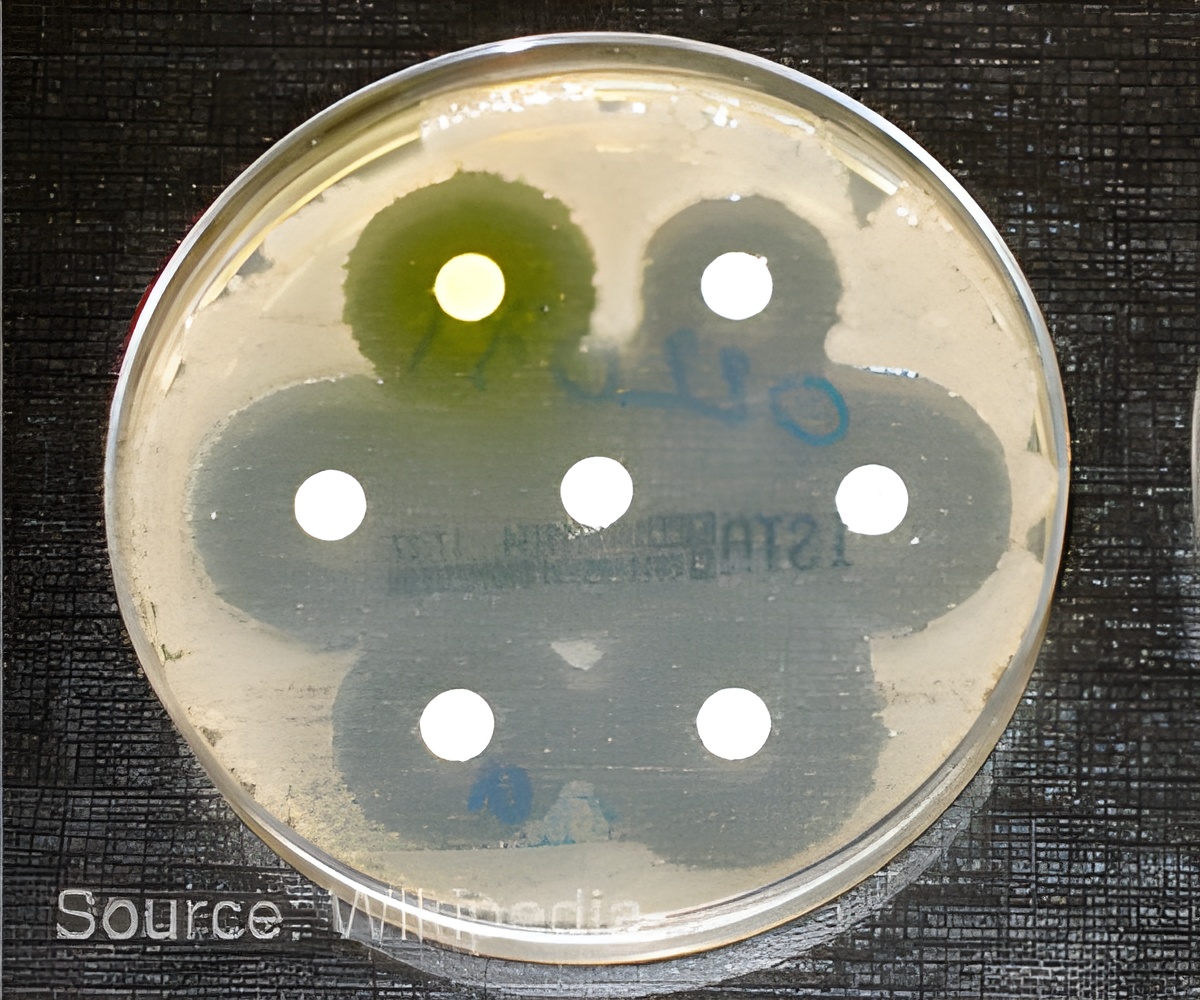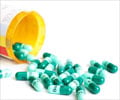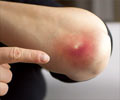Mechanism of development of antibiotic resistance and how to overcome this, was identified in a new study. Drug used for amyotrophic lateral sclerosis and stroke was repurposed to stop mutations in bacteria.

‘Edaravone, which is used to treat amyotrophic lateral sclerosis and stroke, fights antibiotic resistance by inhibiting the production of reactive oxygen species which cause mutations.’
Read More..




Traditionally, antibiotic resistance has been countered with new antibiotics. In this study, however, the researchers looked to discover and then inhibit the molecular mechanisms that induce mutations conferring antibiotic resistance.Read More..
"We treated laboratory cultures of the bacterium Escherichia coli with low doses of the antibiotic ciprofloxacin, which are known to induce new mutations that confer antibiotic resistance," said first author John P. Pribis, a student in the Integrative Molecular and Biomedical Sciences graduate program at Baylor and working in the Rosenberg lab. "In this system, we investigated in great detail the molecular pathways that were activated as the bacteria evolved antibiotic resistance."
Pribis, Rosenberg and their colleagues discovered that ciprofloxacin induced DNA breaks, which were followed by bacteria releasing a burst of toxic compounds called reactive oxygen species. These compounds activated a general stress response that triggered error-prone DNA-repair, which resulted in mutations.
"We were surprised to find that the burst of reactive oxygen occurs only in 10 to 25 percent of the bacterial population, and that only these cells follow the next molecular steps that conclude in gene mutations," Pribis said. "Some of these mutations may confer antibiotic resistance, but others will not and may be lethal for the bacteria. While these mutating 'gambler' cells sort of roll the dice on their genome generating mutations, the remaining bacteria do not mutate."
"These findings suggest that bacteria that are exposed to low doses of antibiotic set in play a molecular strategy that confers a survival advantage to the bacterial population as a whole and is likely disadvantageous for some of the bacteria in an infection," said Rosenberg, who also is leader of the Mechanisms in Cancer Evolution Program at the Dan L Duncan Comprehensive Cancer Center at Baylor. "While a small segment of the population, the gamblers, takes the risk of generating mutations, the rest of the bacteria stay stable and do not follow that path. As a result, if those that mutated do not survive, there still is a portion of the original population that will."
Advertisement
"We realized that there are FDA-approved drugs that reduce the production of reactive oxygen species, one of the crucial steps leading to mutations," Pribis said. "We found that the drug edaravone, which is used for treating amyotrophic lateral sclerosis and stroke, would fit in the molecular mechanisms we had described inhibiting the production of reactive oxygen species."
Advertisement
The researchers plan to investigate next whether this drug is able to slow the course of an infection, with or without antibiotic treatment, in models of infections.
Source-Eurekalert












